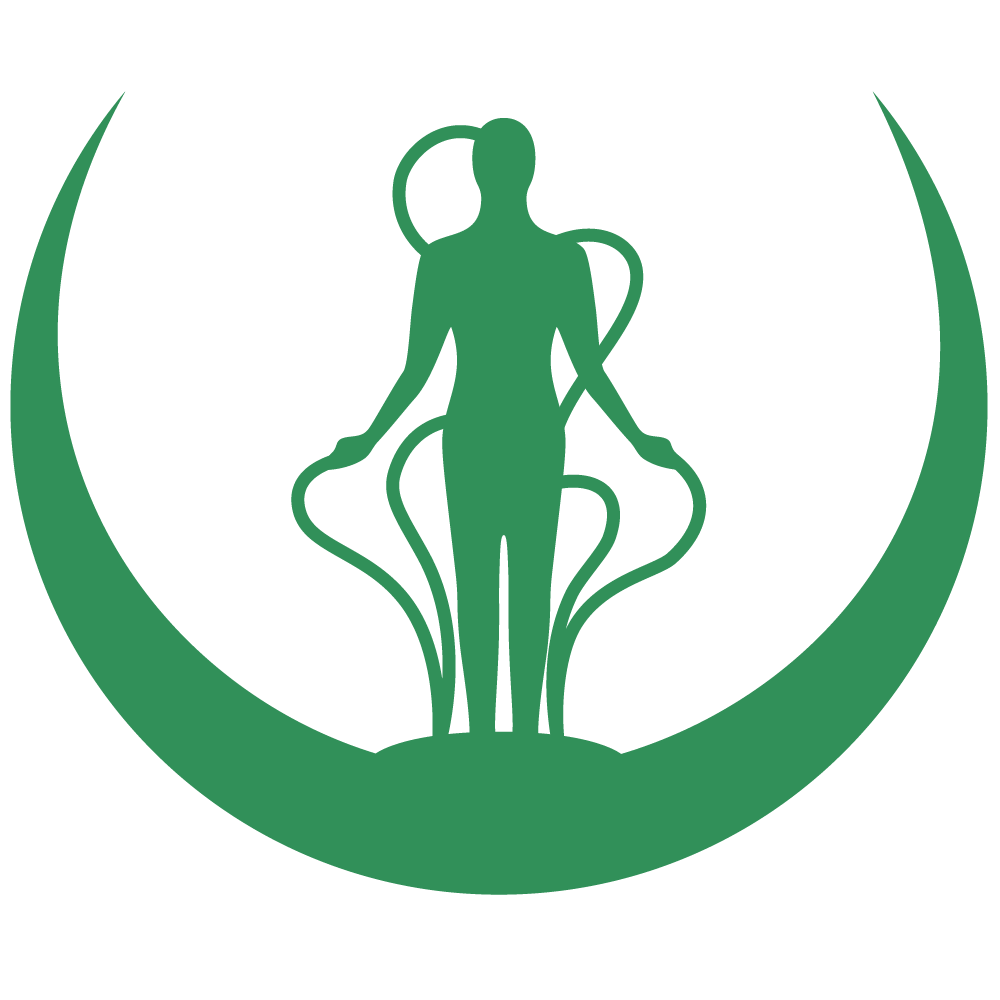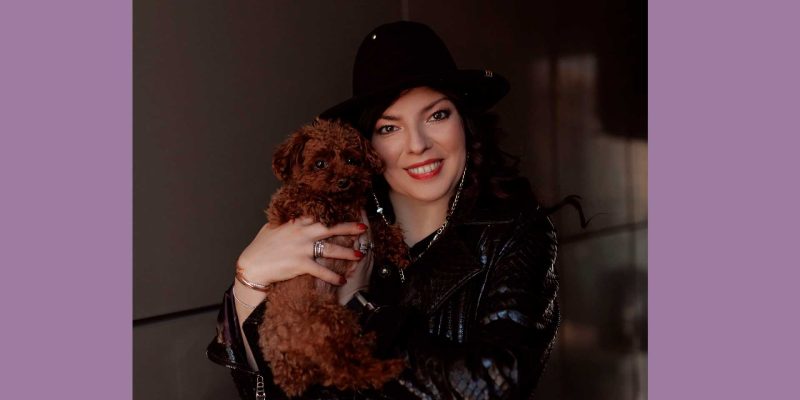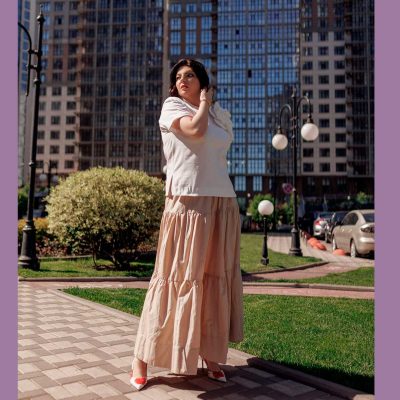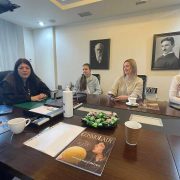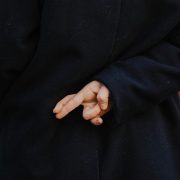Career counseling
Detection is carried out by analyzing a photo or a short video image of a person (up to 20 seconds).
During the analysis, various systemic aspects are taken into account, such as morphoscopy (moles), facial zoning, profile inclinations, wrinkle sectors in facial folds, angular inclinations of specific facial zones, scars, changes of various origins (injuries, surgeries, illnesses), and turgor, which is concentrated in facial muscle reactions, posture, body parts (constitution), and action patterns (from visual behavior to the outcome of an action).
Additionally, “extended actions” are analyzed—these are cases where psychovisual action markers are fully established and suitable for expert evaluation (such as how a person waves their hand, walks, sits, or bends).
What exactly happens during the analysis?
The fact is that tendencies, hereditary markers, and drives, as well as genetic experience (RNA and DNA experience), manifest on the face even in the first minutes of a newborn’s life.
It is possible to observe a tendency toward accumulation, greed, language aptitude, persistence, and leadership qualities (!) within the first three hours after birth—if one knows what to look for.
At 1.5–2 years, the sadistic block and inclinations toward fears, weaknesses, and skill development perspectives in future realizations and fields emerge (thinking type, attraction to activities, interest groups for acquiring information, demand for practical applications, sports, endurance, and motivation).
Thus, by 6–7 years, a complete picture of the child’s development is available, including problematic areas that need attention.
By 10 years, career orientation is fully structured.
By 14 years, the child has a fully formed personality, both in terms of professional profile and human and leadership qualities.
Additionally, the “search for self-realization” phase begins in practice.
Profiling as a deep analytical tool
Profiling is a deep approach to any issue, supported by insights from multiple fields.
This tool provides the most comprehensive and focused answer regarding career orientation.
Parents adjust the direction they need to clarify for their child.
Each situation is unique, and the profiler’s work is always precise and targeted.
The role of parents in career orientation
A critical component of career orientation is the role of parents.
They either support or neglect the child’s preferences, advise or push them toward unfulfilled dreams of their own.
Thus, the career orientation profile is created considering all aspects, including hidden ones.
Career orientation beyond profession
Career orientation is not just about choosing a profession.
There are cases where consulting a profiler and searching for one’s identity can save a child in the most profound sense of the word.
When a child loses respect for their family, falls under the influence of peers with questionable upbringing and problematic views, or has inclinations but is being pushed toward degradation and self-devaluation, timely intervention can change the situation.
When parents suspect or notice strange behavior, career orientation helps guide the child toward the right activities, avoiding aversion to learning, and restoring values and perspectives.
Excerpt from the career orientation of a 13-year-old child
This timely intervention helped the family avoid difficulties with their daughter’s social adaptation.
Parental request: “We are interested in choosing a profession, but our child has started behaving very strangely. Please help us understand.”
This is only one-eighth of the entire process.
“The child has actively moved beyond the stage of self-identification within the family.
The parents have not yet realized this, but she has begun making extremely independent decisions regarding her personal health and safety, without understanding the consequences (specific examples provided).
At this stage, she is a personality not yet adjusted to a value system or life perceptions (listing deviations from acceptable norms).
This is the main risk.
Resolving this issue and building a value system requires immediate parental involvement (listing specific steps and actions).
If this is not addressed, the child will “forget about her parents” in a short period and follow the lead of a strong figure in her current social group.
Risks associated with her social circle (list of threats considering the characteristics and intentions of those surrounding the child).
I recommend that she practice formulating questions that interest her most—without censorship—for a specialist who can provide answers.
Otherwise, constructive development will not occur, and she will seek and find answers in the wrong places (listing areas currently capturing her attention).
She has a talent for programming, website development, and writing software for sports applications (software for sports-related activities).
She is passionate about equestrian sports and swimming.
She can develop interesting projects related to competition models, calculation systems, and fan voting mechanisms.
She experiences strong positive emotions when working on competition planning systems and developing new software products for their security.
Excerpt from the career orientation of a 14-year-old girl with aggressive behavior
This child requires consultation with a pediatric clinical psychologist.
“A tendency to lie is the main challenge.
She is a personality that pathologically closes off—in other words, she is one person with her parents and another in society.
In social settings, she is mostly aggressive, defiant, and insolent (examples provided).
Moments of promiscuity and “independence” dominate (examples provided).
She speaks negatively about her family to peers and does not value it.
Examples: She tells “uncles” (men from the internet, as she calls them) that she is “from a simple, uninteresting family,” which increases risks to her safety.
She has an uncontrollable drive toward deviant behavior.
She acts impulsively (list of specific actions) due to a lack of understanding of risks and consequences.
She has a talent for the floral business—from growing exotic plants to planning greenhouses.
She is highly artistic.
Later, she will become interested in theater and film roles, so now is the right time to guide her interests toward a quality studio.
Career orientation: A guiding and corrective approach
Career orientation adjusts and directs.
Sometimes it saves, sometimes it inspires a child.
Sometimes it is the light at the end of the tunnel.
Some children enjoy discussing professions and share their aspirations after receiving career orientation.
(Interestingly, the parent-focused section is not provided to the child—it is designed specifically for corrective work with parents).
Thus, open communication is sometimes the key to unlocking and restoring them.
Do not overlook the opportunity to consult a profiler.
It is not only an interesting and valuable experience but also an effective tool for improving intergenerational relationships.

